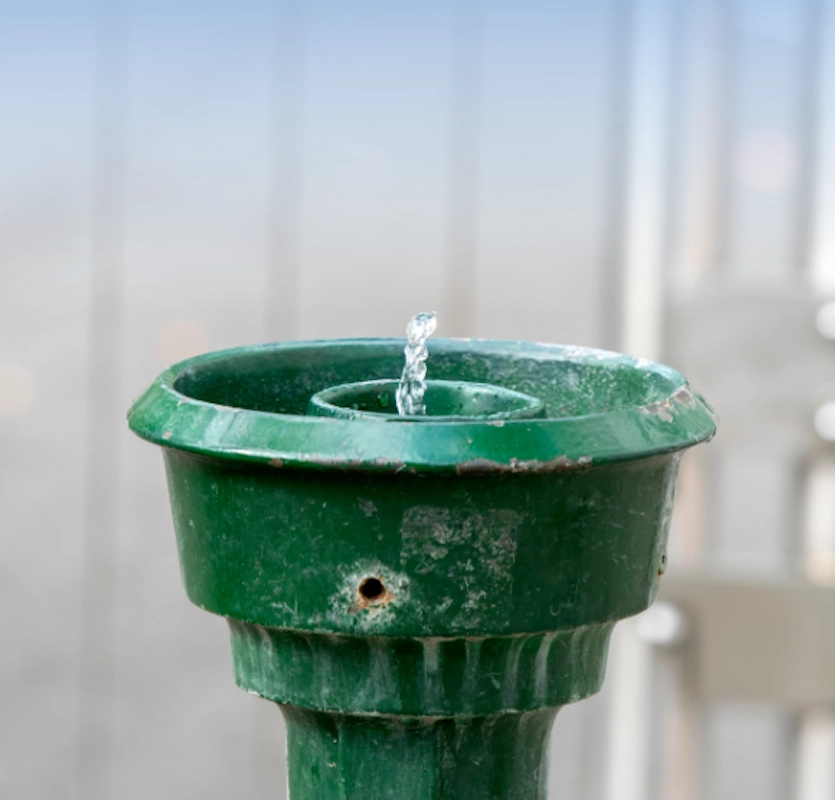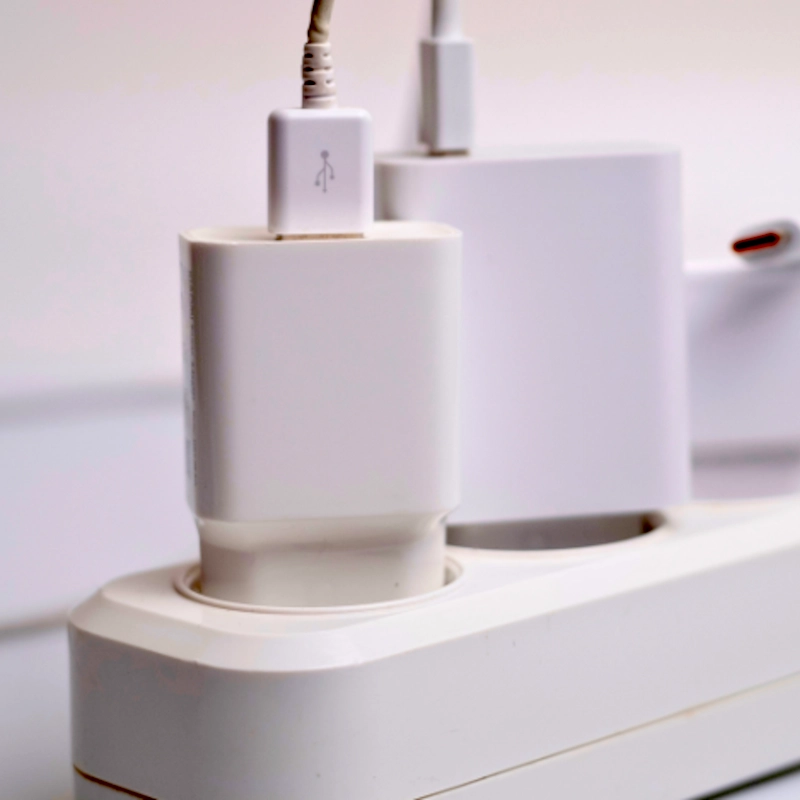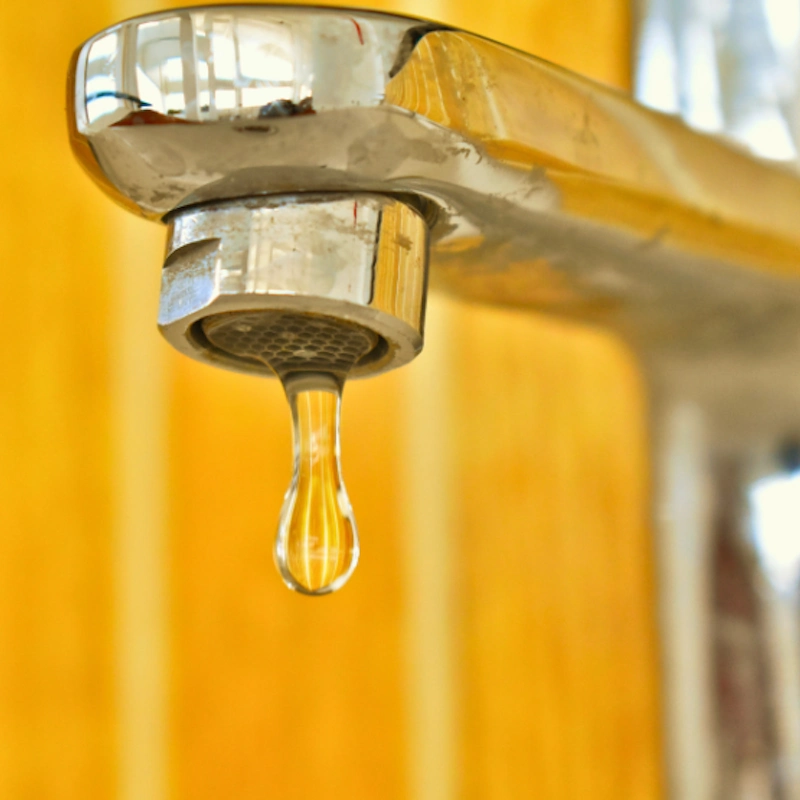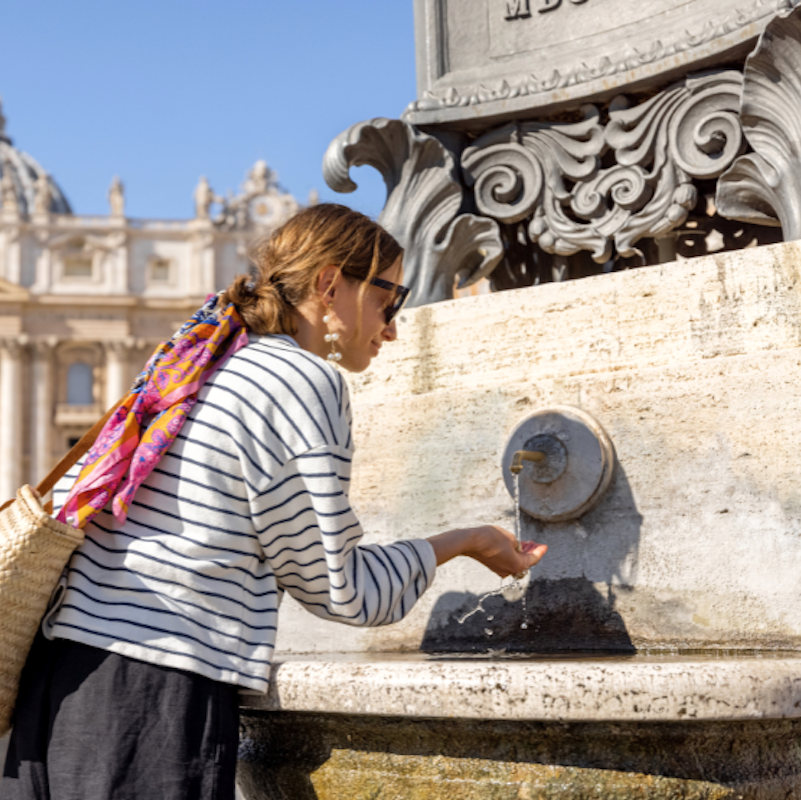Can You Drink the Tap Water in Portugal in 2025?
Sarah Pardi - November 26, 2025
Home > Travel Safety & Health > Can You Drink the Tap Water in Portugal in 2025?
Share this post
While you may see content online that warns against Portugal's tap water, Portugal has made sweeping changes in the past couple of decades.
When traveling anywhere, it's important to think about your safety, whether that's specific areas of town, local risks, or food and water.
Before we get into everything you could have ever wanted to know about the tap water in Portugal, we will spare you the heartache and tell you upfront.
Yes. The tap water in Portugal is safe to drink.
That said, we're going to get into the who, what, where, when, and why of it all, including a bit about Portugal's history, where to find safe water while out and about, a note about rural locations, tips for safety (like travel insurance), and more.
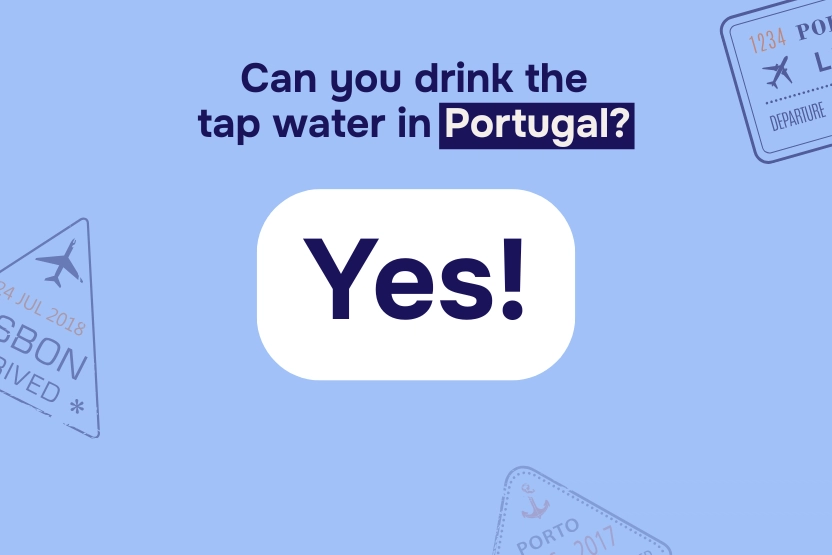
Portugal's tap water
Portugal's tap water is safe to drink.
In the past, the country's tap water didn't fully meet the European Union's stringent standards for drinking water quality and safety. However, that isn't the case anymore.
Portugal's national water services provider, Águas de Portugal (AdP), has worked diligently over the past few decades, optimizing and upgrading its systems and processes. This wasn't only to meet the EU's water standards, but also to supply the country with controlled, quality tap water.
Alongside AdP, a government organization called ERSAR regulates AdP's work, checking that the supply chain and water meet health and safety standards along the entire way.
The EU itself is dedicated to providing clean, safe tap water for all. Portugal is held to this standard.
The standards include things like making sure tap water is free of:
- Harmful bacteria like E .coli.
- Chemicals like lead.
They also have strict requirements for levels of forever chemicals, microplastics, endocrine disruptors, and more.
Portugal meets these standards.
If the water isn't potable, there will be a sign that says água impotável or Água não potável. In this case, don't drink it.
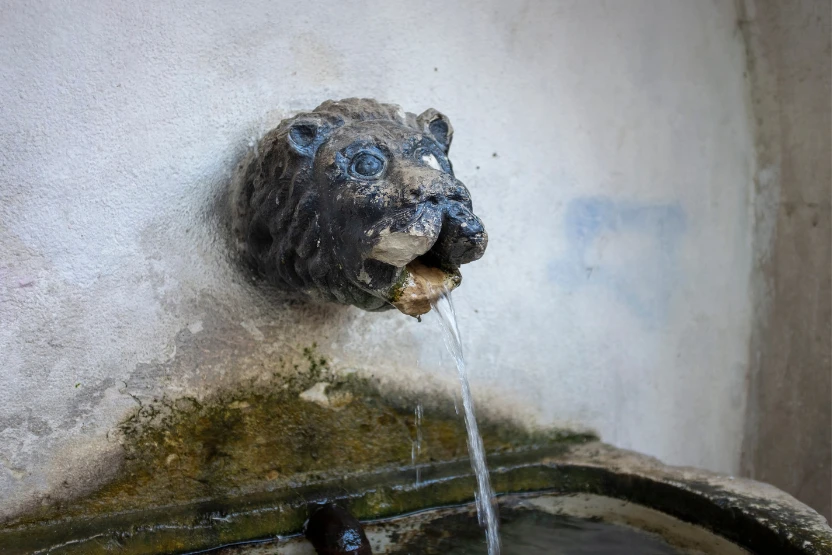
Rural locations
Today, nearly 100% of Portuguese homes have clean, monitored tap water.
Nonetheless, in extremely rural locations, some communities or households may still use wells or natural (untreated) water sources. This is rare and really limited to extremely remote houses and communities.
If you're traveling to extremely remote areas, check to see if the locals are drinking bottled water or tap.
Dream Trip to Portugal?
Protect yourself with affordable travel insurance
A brief history of tap water in Portugal
Way back when, under Roman power, aqueducts were built using gravity to help move water into the cities.
Later, when under Moorish rule, new water systems were introduced, like wells and irrigation systems.
It wasn't until the late 1800s that Portugal created a national water system. And until then, clean drinking water really was a problem for citizens and visitors.
It took years to build new aqueducts and safe systems that could reach all over the country (not just wealthy neighborhoods of major cities).
In fact, reliable tap water wasn't available in smaller Portuguese communities as recently as the 1970s.
What made a big difference in that history was Portugal joining the European Union in 1986.
After that, AdP was created, and Portugal's water systems went through a major overhaul that took decades to finesse.
Portugal is also a part of the Schengen area. You can learn about the difference here: What is the Schengen area.
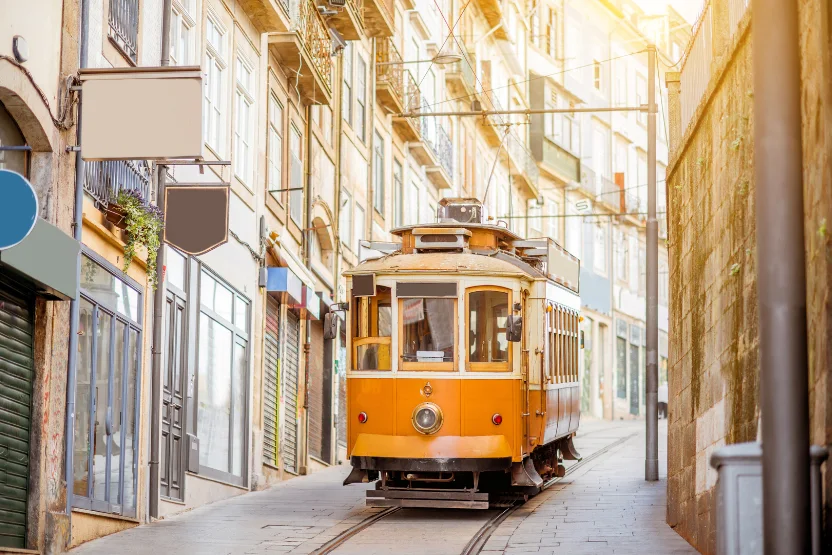
Public fountains in Portugal
While Portugal is still expanding its offerings, clean and free water fountains can be found throughout major cities like Lisbon and Porto.
In parks and plazas, you'll likely come across fontanários and bebedouros. Many of these are historic, which also means that some of them are not potable, but merely decorative today.
You'll also find water refill stations throughout major cities, especially in public parks and transit areas.
Keep an eye out for signs that say água potável, or a little cup icon. That means the fountain provides tested and controlled, safe drinking water.
Portugal is still growing in how many public fountains it has.
Because of that, many people carry bottled water around while they're exploring. This isn't because there isn't any safe water, but more so because fountains aren't always obvious or close by.

Tips for staying hydrated in Portugal
Portugal can get very hot, and staying hydrated is extremely important. Here are a few things that can help keep you safe while exploring.
Check for signs at public fountains. água impotável or água não potável means the water is not safe to drink. Água potável means the water is safe to drink. If there is a little cup icon, it means you can refill your bottle there.
Find fountains in public places like gardens, parks, transit zones, and plazas. Keep in mind that smaller cities may not have many free public drinking fountains.
In extremely remote areas, check what the locals are doing.
Take out travel insurance any time you're traveling to Portugal. Travel insurance offers guarantees for many different travel risks, one of those being emergency medical costs. If you get really ill unexpectedly and require hospitalization, travel insurance can help.
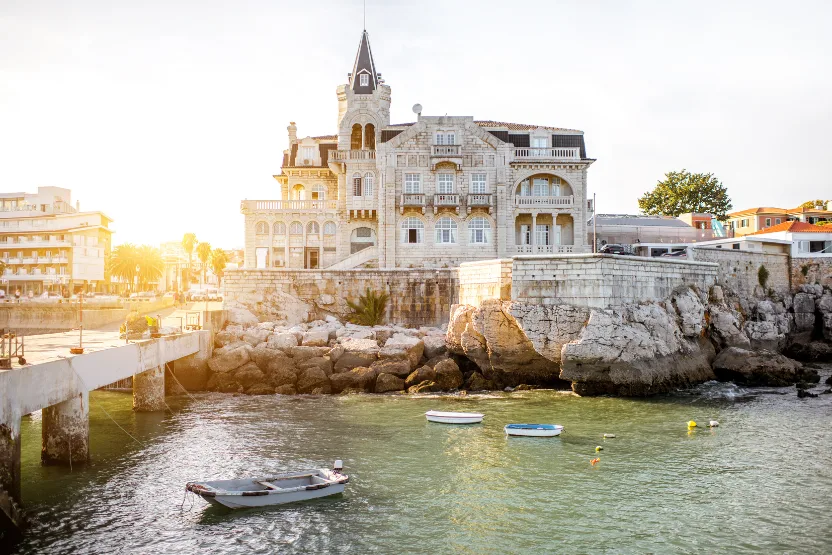
FAQs: Drinking water in Portugal
Related posts
Upcoming travels ? Get Insured !
Find the right insurance for your trip by using our powerful comparison tool!
Sarah Pardi - December 12, 2025
Sarah Pardi - December 11, 2025
Sarah Pardi - December 4, 2025
Sarah Pardi - November 28, 2025

